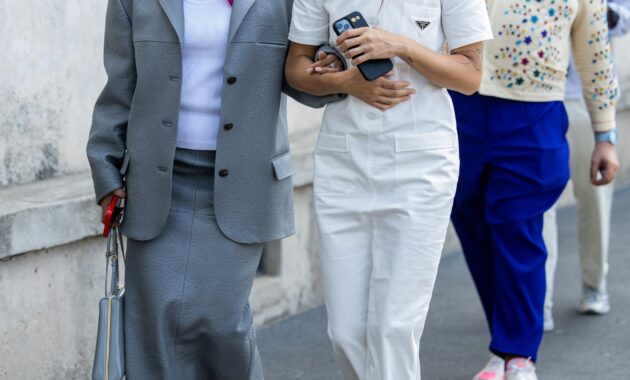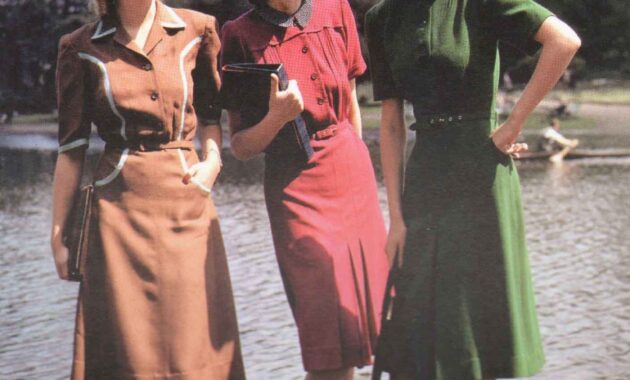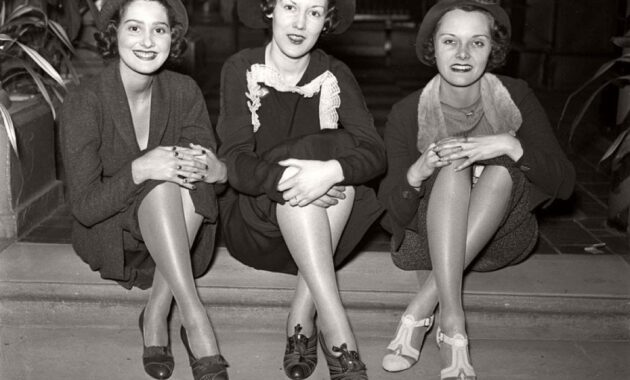Explore the Glamour of 17th Century Fashion
Step back in time with 17th century fashion trends: A look at the stylish era. The 17th century was a time of opulence and grandeur, where fashion played a significant role in society. From elaborate gowns to intricate Accessories, the fashion of this era was truly glamorous and awe-inspiring.
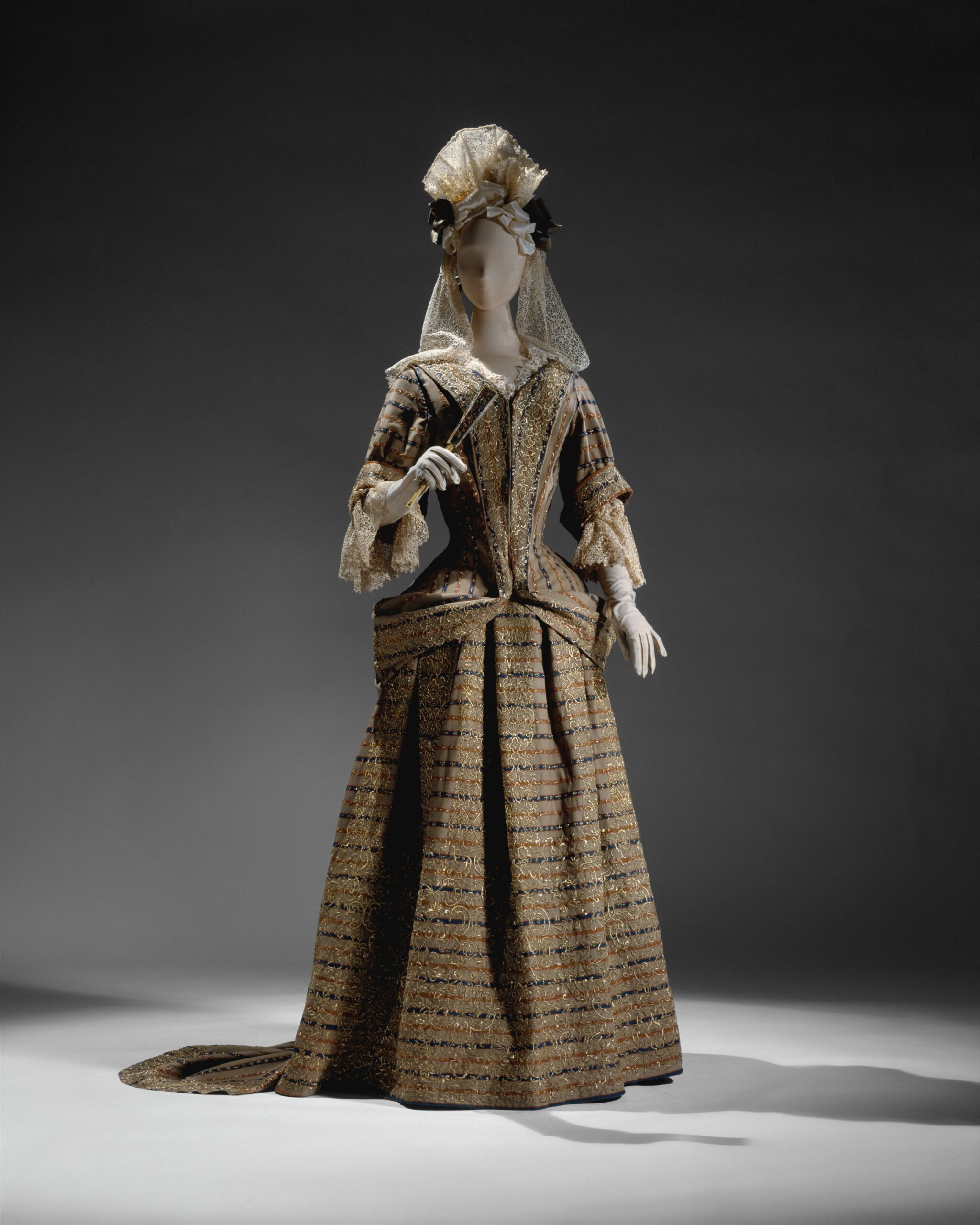
Image Source: metmuseum.org
One of the most iconic pieces of 17th century fashion was the corset. Worn by women of all classes, the corset was designed to shape and accentuate the female figure. Made of stiffened fabric or leather, these garments were laced tightly around the waist to create an exaggerated hourglass silhouette. Paired with voluminous skirts and elaborate sleeves, the corset was a staple of women’s fashion during this time.
Another key element of 17th century fashion was the ruff. A type of collar made of starched linen or lace, the ruff was worn by both men and women as a symbol of wealth and status. Ruffs could be simple and understated, or large and ornate, depending on the wearer’s social standing. Paired with doublets and breeches for men, and bodices and skirts for women, ruffs added an element of sophistication to any Outfit.
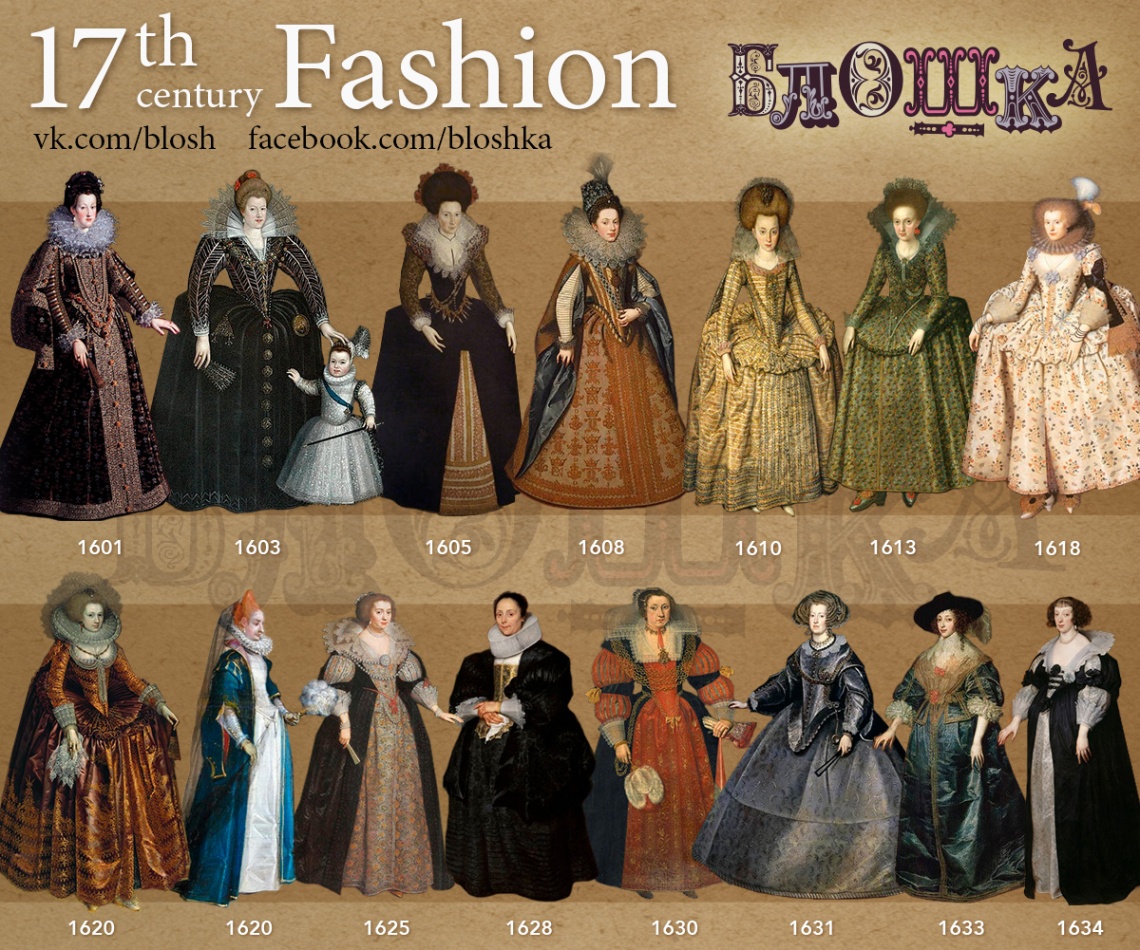
Image Source: bloshka.info
For women, hairstyles were an important part of their overall look. Long, flowing locks were often adorned with ribbons, jewels, and intricate braids. Some women even wore elaborate wigs made of human or animal hair, styled into towering creations that could reach great heights. These hairstyles were a symbol of femininity and beauty, and were often a reflection of the wearer’s social status.
Accessories were also a crucial aspect of 17th century fashion. Women adorned themselves with pearls, diamonds, and other precious gems, often in elaborate settings. Fans, gloves, and handkerchiefs were also popular accessories, used to add a touch of elegance to any outfit. Men, too, wore accessories such as hats, belts, and swords, all of which were designed to enhance their overall look.
The colors and fabrics used in 17th century fashion were rich and luxurious. Deep jewel tones such as emerald green, sapphire blue, and ruby red were popular choices, as were metallics like gold and silver. Fabrics such as silk, velvet, and brocade were commonly used for both men’s and women’s clothing, adding a touch of luxury to every garment.
One of the most iconic pieces of 17th century fashion was the mantua. A loose-fitting gown with a fitted bodice and flowing skirts, the mantua was worn by women of all classes for both day and evening wear. Often made of luxurious fabrics and embellished with intricate embroidery or lace, the mantua was a symbol of elegance and sophistication.
Men’s fashion in the 17th century was equally as elaborate as women’s. Doublets, breeches, and stockings were the typical attire for men of the time, often made of rich fabrics and adorned with intricate embroidery or embellishments. Waistcoats and coats were also popular choices, providing a more formal and structured look for special occasions.
Overall, 17th century fashion was a feast for the eyes, with its opulent fabrics, intricate details, and bold colors. Whether you were a noblewoman attending a lavish ball or a merchant going about your daily business, fashion played a crucial role in how you presented yourself to the world. So, take a step back in time and explore the glamour of 17th century fashion for yourself.
Trendy Threads: A Peek into Historical Style
Ah, the 17th century – a time of lavish court balls, extravagant wigs, and breathtaking Fashion. Step back in time with me as we explore the trendy threads of this historical era and discover the secrets behind its stylish allure.
The 17th century was a period of immense social, political, and cultural change, and fashion played a crucial role in reflecting these shifts. From the opulent courts of Europe to the bustling streets of London, fashion was a way for individuals to express their status, wealth, and taste.
One of the defining features of 17th century fashion was its extravagant silhouettes. Women’s fashion was characterized by voluminous skirts, tight bodices, and intricate embellishments. The popular style of the time was the baroque look, which featured lavish fabrics, ornate embroidery, and elaborate lace details.
For men, the trend was towards a more tailored and structured look. The iconic doublet and hose ensemble was a staple of men’s fashion, featuring a fitted jacket paired with tight-fitting breeches. Accessories such as ruffled collars, elaborate hats, and decorative swords completed the look.
But it wasn’t just the upper classes who were fashion-forward in the 17th century. The burgeoning middle class also began to adopt trends from the royal courts, albeit in a more toned-down and practical way. Women wore simpler versions of the elaborate court gowns, while men opted for less ostentatious versions of the doublet and hose.
One of the most enduring trends of the 17th century was the use of sumptuous fabrics and rich colors. Velvet, silk, and satin were popular choices for both men and women, with deep jewel tones such as emerald green, sapphire blue, and ruby red ruling the fashion scene.
Another key element of 17th century fashion was the importance of accessories. Women adorned themselves with elaborate jewelry, such as pearls, diamonds, and precious stones, while men accessorized with ornate belts, buckles, and brooches. Hand fans, gloves, and parasols were also essential accessories for both men and women.
Hair and makeup also played a crucial role in defining 17th century fashion. Women’s hairstyles were often elaborate and intricate, featuring curls, braids, and elaborate updos. Men, on the other hand, wore their hair long and styled in a variety of ways, from loose curls to sleek ponytails.
Makeup was also a significant part of 17th century fashion, with both men and women using cosmetics to enhance their features. Women applied white lead-based face powder to achieve a pale complexion, while men used rouge and lipstick to add a touch of color to their cheeks and lips.
As we take a closer look at the trendy threads of the 17th century, it’s clear that this era was a time of extravagance, opulence, and grandeur. Fashion was not just a means of covering the body, but a way of expressing one’s identity, status, and taste. So, the next time you step out in your favorite Outfit, take a moment to appreciate the rich history and timeless elegance of 17th century fashion.
Step Back in Time with Fashion from the Past
Step back in time with 17th century fashion trends: a look at the stylish era. The 17th century was a time of elegance and sophistication in the fashion world. From elaborate gowns to intricate Accessories, this era was all about luxury and style. Let’s dive into the world of 17th century fashion and explore the trends that defined this glamorous period.
One of the most iconic pieces of clothing from the 17th century was the corset. Worn by women to achieve the fashionable silhouette of the time, corsets were tight-fitting undergarments that cinched the waist and lifted the bust. Made of a variety of materials including silk, satin, and brocade, corsets were often adorned with lace, ribbons, and embroidery. Despite the discomfort they may have caused, corsets were a staple in every fashionable woman’s wardrobe during the 17th century.
Another popular trend in 17th century fashion was the ruff. This elaborate collar made of pleated fabric or lace was worn by both men and women as a symbol of wealth and status. Ruffs came in a variety of sizes and styles, from small, delicate ruffs to large, extravagant ones that framed the face. Paired with a matching cuff or collar, ruffs were a fashionable accessory that added a touch of elegance to any Outfit.
Men’s fashion in the 17th century was just as extravagant as women’s. One of the key pieces in a man’s wardrobe was the doublet. This form-fitting jacket was often made of luxurious fabrics such as velvet, silk, or brocade, and was embellished with intricate embroidery and decorative buttons. Paired with breeches and stockings, the doublet was a stylish and sophisticated choice for the fashionable man of the 17th century.
Another trend that defined 17th century fashion was the use of accessories. From elaborate jewelry to ornate headpieces, accessories played a key role in completing an outfit during this era. Women adorned themselves with pearls, diamonds, and precious gemstones, while men wore rings, brooches, and cufflinks to add a touch of sophistication to their look. Hats and gloves were also popular accessories that added an extra layer of elegance to any outfit.
In addition to clothing and accessories, hairstyles were also an important part of 17th century fashion. Women often wore their hair in elaborate updos adorned with ribbons, flowers, and jewels. Men, on the other hand, sported long, flowing locks that were styled with pomade and curled at the ends. Wigs were also a popular choice for both men and women, with styles ranging from short and curly to long and straight.
The 17th century was a time of opulence and extravagance in the fashion world. From corsets and ruffs to doublets and accessories, this era was all about showcasing wealth and status through clothing. Step back in time with 17th century fashion trends and embrace the elegance and sophistication of this stylish era.
Embrace Elegance with 17th Century Trends
Step back in time with 17th century Fashion trends: A look at the stylish era. The 17th century was a time of elegance, opulence, and grandeur in fashion. From elaborate gowns to intricate Accessories, this period in history was all about making a statement with your clothing. Embrace the elegance of the 17th century with these timeless trends that are sure to turn heads today.
One of the most iconic pieces of 17th century fashion was the corset. This undergarment was worn by women to shape and support their bodies, creating the fashionable silhouette of the time. Made from materials like silk, satin, and brocade, corsets were often embellished with lace, ribbons, and embroidery to add a touch of glamour. Embrace the elegance of the corset by pairing it with a flowing skirt and a ruffled blouse for a look that is both timeless and modern.
Another key trend from the 17th century was the ruff. This elaborate collar was worn by both men and women and was made from pleated or gathered fabric that framed the face. Ruffs were often worn with doublets and gowns to add a touch of elegance to an Outfit. Embrace the elegance of the ruff by incorporating a modern interpretation into your wardrobe, such as a ruffled blouse or a statement collar necklace.
The 17th century was also known for its love of luxurious fabrics and rich colors. Velvet, silk, and brocade were popular choices for clothing, with deep jewel tones like emerald green, sapphire blue, and ruby red dominating the fashion scene. Embrace the elegance of these opulent fabrics and colors by incorporating them into your wardrobe with pieces like a velvet blazer, a silk scarf, or a brocade skirt.
Accessories were also a key part of 17th century fashion, with men and women both adorning themselves with jewelry, hats, and hand fans. Pearls, diamonds, and gemstones were popular choices for jewelry, while hats ranged from simple caps to elaborate feathered creations. Hand fans were not only a fashion statement but also a practical accessory in a time before air conditioning. Embrace the elegance of 17th century accessories by adding a statement necklace, a wide-brimmed hat, or a decorative fan to your outfit.
Men’s fashion in the 17th century was just as stylish and elegant as women’s fashion. Doublets, breeches, and stockings were the standard attire for men, with elaborate embroidery and lace trimmings adding a touch of flair. Embrace the elegance of men’s 17th century fashion by incorporating elements like a tailored jacket, a pair of knee-high boots, or a ruffled cravat into your wardrobe for a look that is both sophisticated and timeless.
In conclusion, the 17th century was a time of elegance, opulence, and grandeur in fashion. Embrace the elegance of this stylish era by incorporating key trends like corsets, ruffs, luxurious fabrics and colors, and accessories into your wardrobe. Whether you’re looking to make a statement or simply add a touch of glamour to your everyday style, the 17th century has plenty of timeless trends to inspire your look. Step back in time with 17th century fashion and embrace the elegance of this stylish era.
17th century fashion
